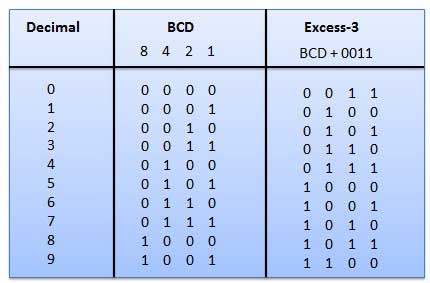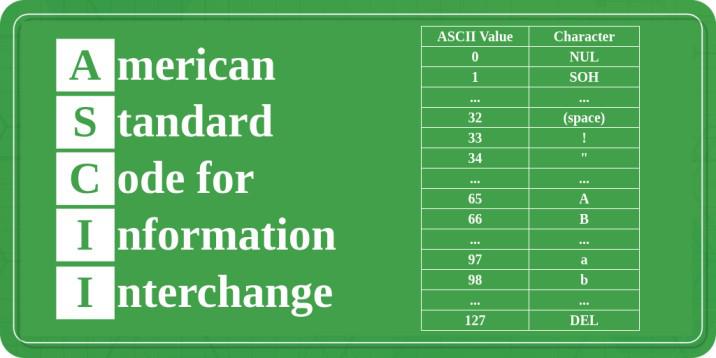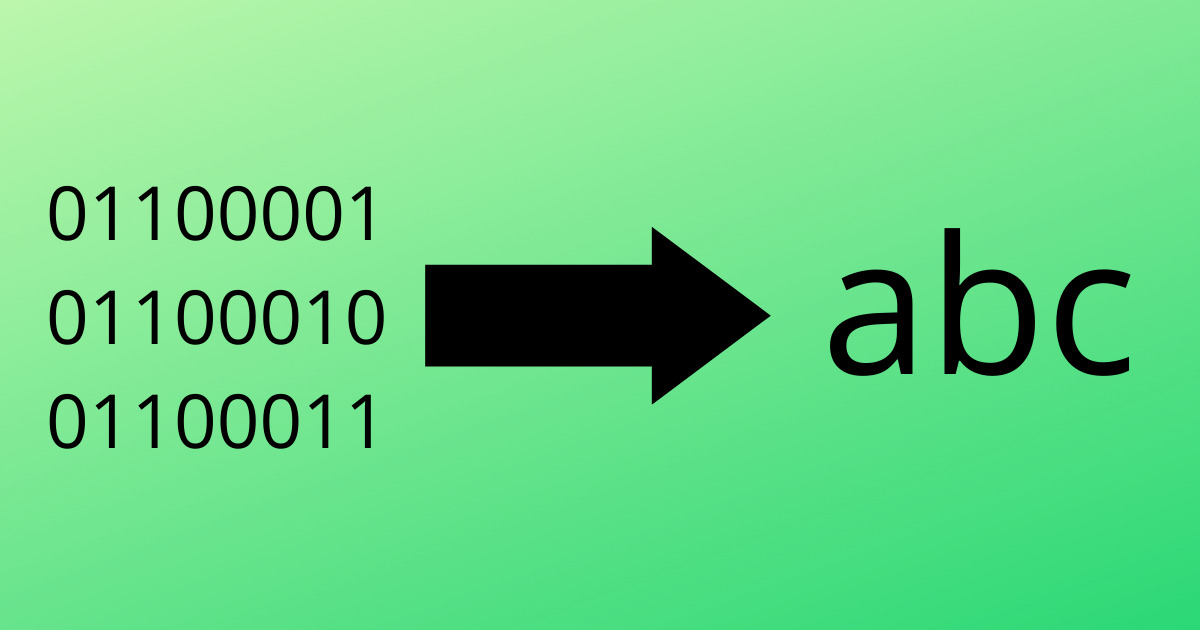Binary To Text
The Binary to Text Converter tool allows you to convert binary code into readable text, providing an accurate and instant translation of your input. This tool is perfect for students, developers, and anyone interested in decoding binary code for various applications. The process is straightforward and efficient, ensuring precise text conversions every time.
Share on Social Media:
Effortless Binary to Text Conversion: Your Ultimate Guide
Convert binary to text in simple steps. Learn to interpret binary strings with ease and transform them into text using straightforward methods. This guide cuts through the complexity, offering practical tools and clear explanations without overwhelming detail.
Key Takeaways
Binary code is the basic language of computers, using only two digits (0 and 1) to create a number system that underlies all digital communication and computation. It can be efficiently translated to text using binary code converters.
Decoding binary to text involves interpreting strings of binary digits through encoding standards like ASCII or Unicode, allowing for the translation of binary sequences such as ‘01001000’ into recognizable English text, like the letter ‘H’.
Online binary to text tools like PagesTools.com offer an easy-to-use interface that enables quick, accurate conversions without requiring manual calculations, strengthening their utility for people with varying levels of technical knowledge.
Understanding Binary Code

Imagine a language that, despite its apparent simplicity, can encode the vastness of human knowledge and the intricacies of computer operations. Binary code is precisely that: a language of only two digits, 0 and 1, which forms the backbone of digital communication and computation. Invented by the brilliant mathematician Gottfried Wilhelm Leibniz, binary code has evolved into the binary number system, a fundamental component of all modern technology.
A binary code converter, also known as a binary code translator, simplifies the translation of this code to text, enabling us to understand the otherwise cryptic messages of machines. With the help of a binary translator, this process becomes even more accessible and efficient, making it easy to convert binary code.
The Binary Number System Explained
The binary number system is elegantly simple, using only the digits 0 and 1 to represent all binary numbers. Each digit is a power of two, with the value doubling with each position to the left. Thus, what appears as a string of binary digits is, in fact, a series of escalating values.
The elegance of the binary system lies in its capacity to denote any number, no matter how large, with just two unique symbols. Even the shortest binary number, a lone ‘0’, has its place within the system, paving the way for the endless possibilities of binary translation.
Binary Digits and Their Significance
In the realm of binary code, the smallest unit of data is the bit, a single binary digit. More substantial data blocks, known as bytes, consist of eight bits and are the fundamental units for computer operations and text representation.
Examining the importance of these binary digits reveals their function in information encoding through systems like ASCII, which convert these bits and bytes into a format comprehensible to humans and computers.
The Mechanics of Binary to Text Conversion

Converting binary to text is similar to deciphering a secret code into a known language. This intricate process involves interpreting strings of binary digits using encoding standards such as ASCII or Unicode. While one could painstakingly perform this conversion manually, binary translators and online converters offer a much more efficient pathway, transforming blocks of binary data into readable text with remarkable accuracy.
These tools streamline the conversion process, enabling us to sidestep intricate calculations and immediately access the translated message.
Decoding Binary with ASCII
ASCII, or the American Standard Code for Information Interchange, is the sherpa guiding us through the binary landscape. This character-encoding scheme assigns a unique binary number to each character, creating a standard that ensures text is universally understandable across different computing platforms. It’s this standardization that allows us to convert binary codes like ‘01000001’ for the uppercase ‘A’ or ‘01100001’ for the lowercase ‘a’ into characters we recognize.
Utilizing the ASCII table helps bridge the divide between binary data and human language.
From Binary Digits to English Translator
The transformation from binary digits to English text is a painstaking translation process. Each eight-bit byte translates into a decimal value, which then corresponds to an ASCII character. This is how a binary sequence such as ‘01001000’ morphs into the English letter ‘H’. By dissecting binary code into manageable chunks, we can systematically convert it to hexadecimal or decimal equivalents and subsequently into characters, crafting coherent English text from a string of 0s and 1s.
Step-by-Step Guide to Using a Binary Converter
Using a binary converter is impressively simple. Here’s how:
Begin by entering your binary code into the designated input box.
With the precision of a keystroke, press the ‘Translate’ button.
Watch as the tool works its magic, converting the binary sequence into text.
This process simplifies complexity, empowering even those with limited technical skills to decipher the meaning concealed in binary code.
Binary To Text by PagesTools.com

Binary To Text by PagesTools.com stands out as a beacon for effortless binary to text conversion. Its interface is designed for speed and precision, offering a suite of tools tailored for different types of binary conversions.
Whether you’re looking to translate binary to ASCII, hex, or decimal, PagesTools.com provides a streamlined experience, ensuring that your conversion needs are met with utmost accuracy and efficiency.
Inputting Your Binary Code
To start your conversion with PagesTools.com, just insert your binary code into the user-friendly input text box. If you’re working with a larger dataset, you have the option to upload a file containing the binary sequence. This flexibility caters to a variety of user needs, ensuring that regardless of how your binary code is stored, it can be effortlessly fed into the system for conversion.
Hitting the Convert Button
After your binary code is securely inputted, the subsequent step is to commence the translation. This can be accomplished with a single press of the ‘Convert’ button. It’s a moment where anticipation meets technology, as the tool begins to decode the binary sequence, paving the way for the emergence of understandable text.
Accessing the Output Text
The moment of truth arrives swiftly with PagesTools.com. As soon as the conversion is complete, the output text is immediately available. You can then copy the translated text to your clipboard or download it as a TXT file for further use.
This instantaneous access to the conversion results is a testament to the convenience and effectiveness of the tool.
Advantages of Using an Online Binary to Text Tool

There are numerous advantages to using an online binary to text tool, including:
Quick and accurate conversions
User-friendly interface
Bypassing the complexities of manual calculations
Accessibility from various devices
No software installation requirements
These features make online binary to text tools a go-to solution for anyone dealing with binary data.
Whether you’re a programmer, engineer, or a curious learner, the simplicity and precision offered by online conversion tools are unparalleled.
User-Friendly Interface for Quick Conversions
A distinguishing feature of an outstanding online binary to text tool is:
An intuitive interface that makes the conversion process easier
Enables users of all skill levels to navigate the tool with ease
Ensures that the conversion process is not only quick but also accessible
With the choice of character encodings like ASCII or UTF-8, users can tailor the conversion to their specific needs, further enhancing the user experience.
No Need for Manual Calculations
One of the key advantages of online binary to text tools is:
The removal of the need for manual calculations
These automated systems translate binary strings into readable text with efficiency and accuracy
Saving users significant time and effort.
The simplification of the conversion process enables immediate and effective data translation, offering a hassle-free alternative to traditional manual methods.
Practical Applications of Binary Translation
Binary translation has a wide range of applications, including:
Instruction set simulation
Performance optimization
Data interpretation
Testing and debugging
Deciphering encoded files
It plays a pivotal role in computing and multimedia environments, where the translation of binary data is crucial.
Understanding the practical applications of binary translation underscores its importance in our increasingly digital world.
Interpreting Computer Instructions
At the core of every computer operation lies binary code, a silent yet powerful language that orchestrates the execution of instructions and management of complex operations. From arithmetic calculations to logical decisions, binary code is the conductor of the digital orchestra, ensuring that every note is played with precision and harmony.
In modern computing, binary translation is indispensable, translating the language of machines into actionable processes.
Deciphering Encoded Data Files
In the digital realm, encoded data files such as audio and video streams are translated from binary code into forms that we can see and hear. This process of binary decoding is what allows digital devices to display images, play music, and stream videos, transforming the binary signals into analog outputs that enrich our multimedia experiences.
Accurate binary translation is essential to prevent data corruption and ensure the integrity of the content.
Enhancing Compatibility: Binary Codes in Different Systems

Binary codes act as a universal language among computing systems, ensuring data compatibility across different platforms. Encoding methods like Base64 and Ascii85 play a crucial role in the safe transmission of binary data over channels that may not directly handle binary digits.
Tackling compatibility challenges is vital for smooth communication between devices and systems, underlining the pivotal role binary codes play in digital interoperability.
Binary and Modern Computers
Binary code is the backbone of modern computers, functioning as the primary language for data and instruction representation. It enables computers to translate human commands into operations they can execute, with ASCII providing a common language for documents and files.
This binary encoding ensures that information is consistently understood across a range of computing devices, facilitating the exchange and interpretation of data.
Binary, Hexadecimal, and ASCII Code Relationships
Binary, hexadecimal, and ASCII codes are interrelated and convertible. Here is a summary of their interplay, which can also be referred to as binary hexadecimal ascii:
Binary code is the foundational layer and can be transformed into hexadecimal or ASCII forms.
The translation from binary to hexadecimal is particularly smooth due to the compatible base values.
The ASCII system relies on these conversions to create a standardized text representation.
The interplay between these systems ensures data integrity and ease of communication.
Tips for Accurate Binary Translation
Achieving accurate binary translation is vital to preserve the integrity of the data being converted. By adhering to a step-by-step method, verifying conversion accuracy, and understanding the intricacies of ASCII values, one can minimize common errors and achieve flawless translations.
These tips and best practices are invaluable for anyone working with binary data, from hobbyists to professionals.
Verifying Conversion Accuracy
Accurate binary to text conversions hinge on meticulous verification processes. By comparing original and converted text, one can identify and rectify any discrepancies that may arise. Utilizing ASCII or Unicode methods ensures that each binary code translates correctly into its respective textual character.
Monitoring the encoding and decoding process is vital to maintain the integrity of the selected text encoding method and ensure the accuracy of the conversion.
Understanding Common Binary Translation Errors
Common binary translation errors can stem from incorrect bit representation or misunderstanding of ASCII values, leading to improper character translations and potentially rendering the text unreadable. To avoid these pitfalls, a clear understanding of the ASCII table is essential, as is the verification of the binary sequence’s integrity before conversion.
Recognizing hexadecimal values that fall outside the ASCII range can also prevent errors during the translation process.
Summary
We’ve journeyed through the binary landscape, uncovering the simplicity and power of binary code and the mechanisms behind its translation into text. With tools like Binary To Text by PagesTools.com, converting binary code has never been more accessible or efficient. Whether for interpreting computer instructions or deciphering encoded data files, accurate binary translation is a cornerstone of modern computing. Embrace this knowledge and the tools at your disposal to unlock the full potential of digital communication.
Frequently Asked Questions
What is binary code?
Binary code is the fundamental form of computer code, using only the digits 0 and 1 to represent all values and instructions within a computer system.
How does ASCII work in binary to text conversion?
ASCII works by assigning a unique binary number to each character, enabling the translation of binary sequences into recognizable text by matching binary numbers with their corresponding ASCII characters.
Can I convert binary code to text manually?
Yes, you can convert binary code to text manually by following encoding standards like ASCII, but using an online binary to text tool simplifies the process and reduces the risk of errors.
What are the advantages of using PagesTools.com for binary to text conversion?
You should consider using PagesTools.com for binary to text conversion because it provides a user-friendly interface, a variety of conversion tools, and delivers quick and accurate results. It's an effective solution for translating binary code to text.
How can I ensure the accuracy of my binary to text conversion?
To ensure accurate binary to text conversion, use a reliable online converter, verify the integrity of your binary code, understand ASCII values, and watch out for common translation errors like hexadecimal values outside the ASCII letter range.